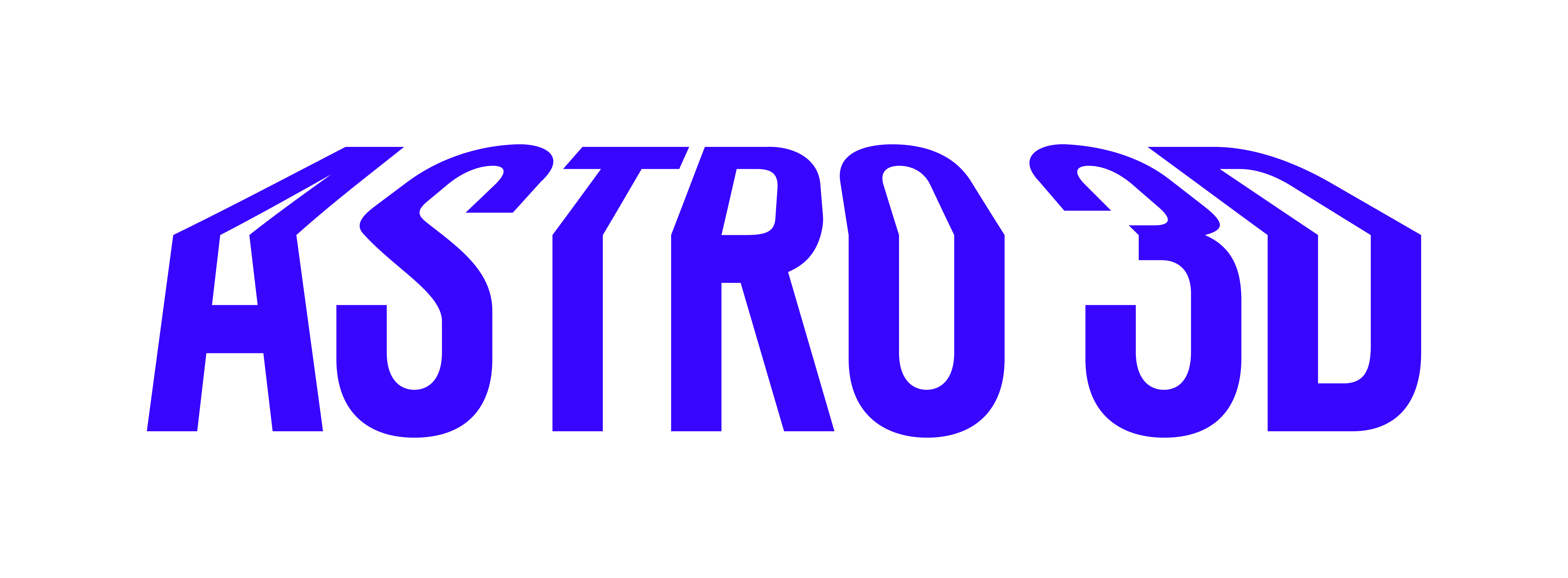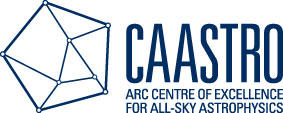Star-forming and quiescent galaxies are known to differ not only in their specific star-formation rate, but also in other - apparently unrelated - properties, such as stellar kinematics. In particular, (if we ignore low-mass galaxies) star-forming galaxies are invariably flattened systems, with more or less prominent bulges, and are supported by large-scale rotation. In contrast, quiescent galaxies include both flattened systems as well as pure spheroids, supported against gravity by velocity dispersion. At higher redshifts, these differences become less prominent. We know that star-forming gas increases its rotation support, so presumably also young stars in the distant Universe are distributed in relatively thick discs. At the same time, quiescent galaxies become more flattened and increase their rotation support. All this kinematic information comes from modelling the line-of-sight velocity distribution (LOSVD) as a Gaussian, but we know that local galaxies have non-Gaussian LOSVDs. We aim to explore the different kinematic properties of star-forming and quiescent galaxies using a more general LOSVD model. A problem of this approach is that it requires higher S/N spectra than a Gaussian LOSVD, but the high quality data from MAGPI will easily overcome this difficulty.
I plan to use ppxf to fit the integrated galaxy spectrum by modelling the line-of-sight velocity distribution as a 4th-order Gauss-Hermite series. The h4 coefficient is a measure of radial anisotropy. I will compare the h4 distribution of star-forming and quiescent galaxies in SAMI, MAGPI and LEGA-C.
This is a spin off from another approved project. After team review, that work was split in two.




